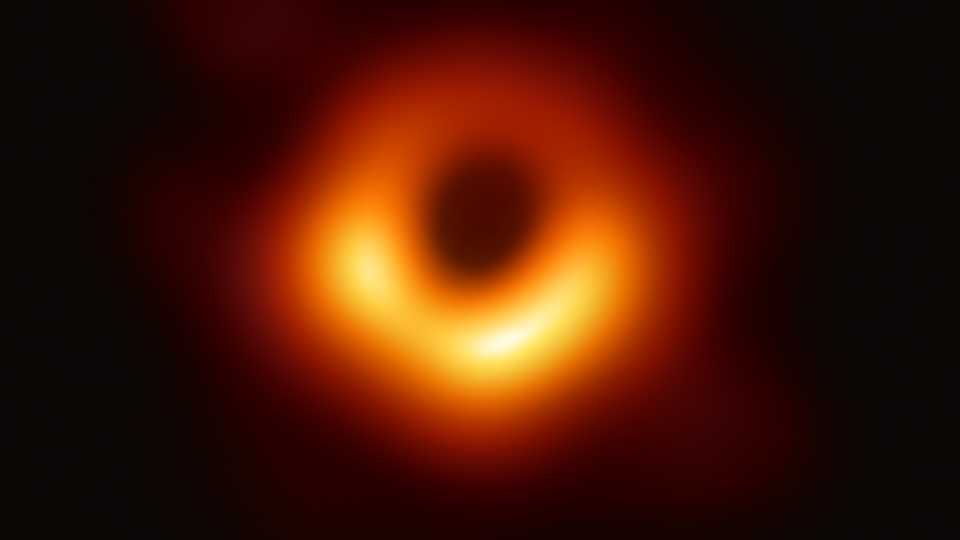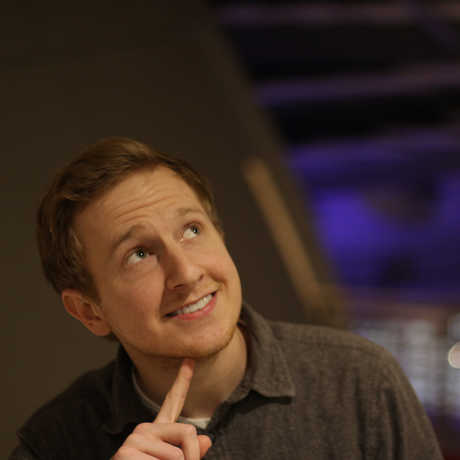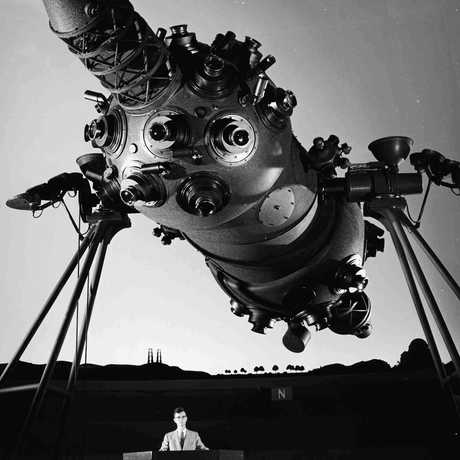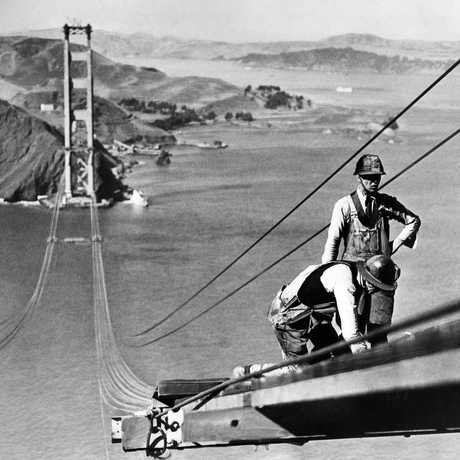As you have probably seen we took a picture of a black hole. If not, it looks like this.
This is the first week that I’ve been back in the planetarium talking with guests about it, and it seems like people are generally psyched about it. But I’ve received a question a few times that has kinda stuck with me. Put simply it’s the question:
“Why take a picture of a black hole?”
Which was, for me, surprisingly difficult to answer. We’ve known about black holes since the fifties, and the math suggesting their existence (general relativity) goes back even further—to 1918! We had clear evidence for a black hole in the center of our galaxy, and we had identified binary systems such as Cygnus X-1 that clearly included black holes. The consensus in the scientific community is that these things are real and we even know where a bunch of them are. The math that proves they exist is one of the most rigorously tested (and successful) theories of all time. So, long story short, we took a picture of a thing we already knew was there, and it looked exactly as we thought it would. Neat, I guess.
So again, why is it a big deal?
I would like to say it’s because it’s proof that black holes are real, but we already knew that.
I would like to say it’s because it’s a new and powerful technology, but in that case it wouldn’t matter what image we captured.
The real reason it’s important is because, as we know so well here at Morrison, humans are visual animals.
We had models of black holes long before this, and knew exactly what the picture would look like—but up until this point it was always with the caveat of *artist’s interpretation or *based on models. And that’s just not good enough for us. The caveats shouldn’t matter—our computers (and the maths they use) are so much better than our brains. We should trust them. But we don’t. Not really.
Instead we used eight of our most powerful telescopes to take a picture of a thing in all kinds of ways we don’t normally see (from low energy radio up through X-rays) and then threw in some hideously complicated math just to reproduce what it would look like if we were close enough so our feeble eyes could see an image and for some reason that means more than all the models in the world ever could.
And the picture we ended up with is so similar to our models and the procedure so convoluted that I wouldn’t be able to pull it out from a lineup of fakes. Yet knowing that at some level, it came from real data makes all the difference.
Scientists long ago moved away from eyewitness testimony—in theory. In practice it seems like we still have quite a ways to go.
Image: EHT Collaboration




